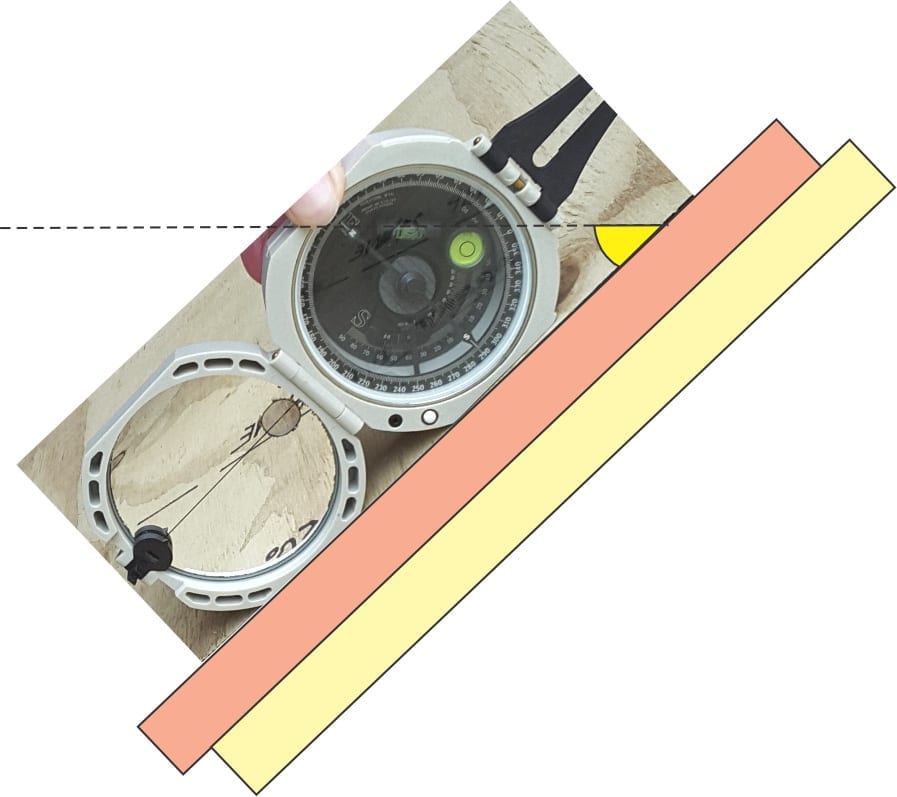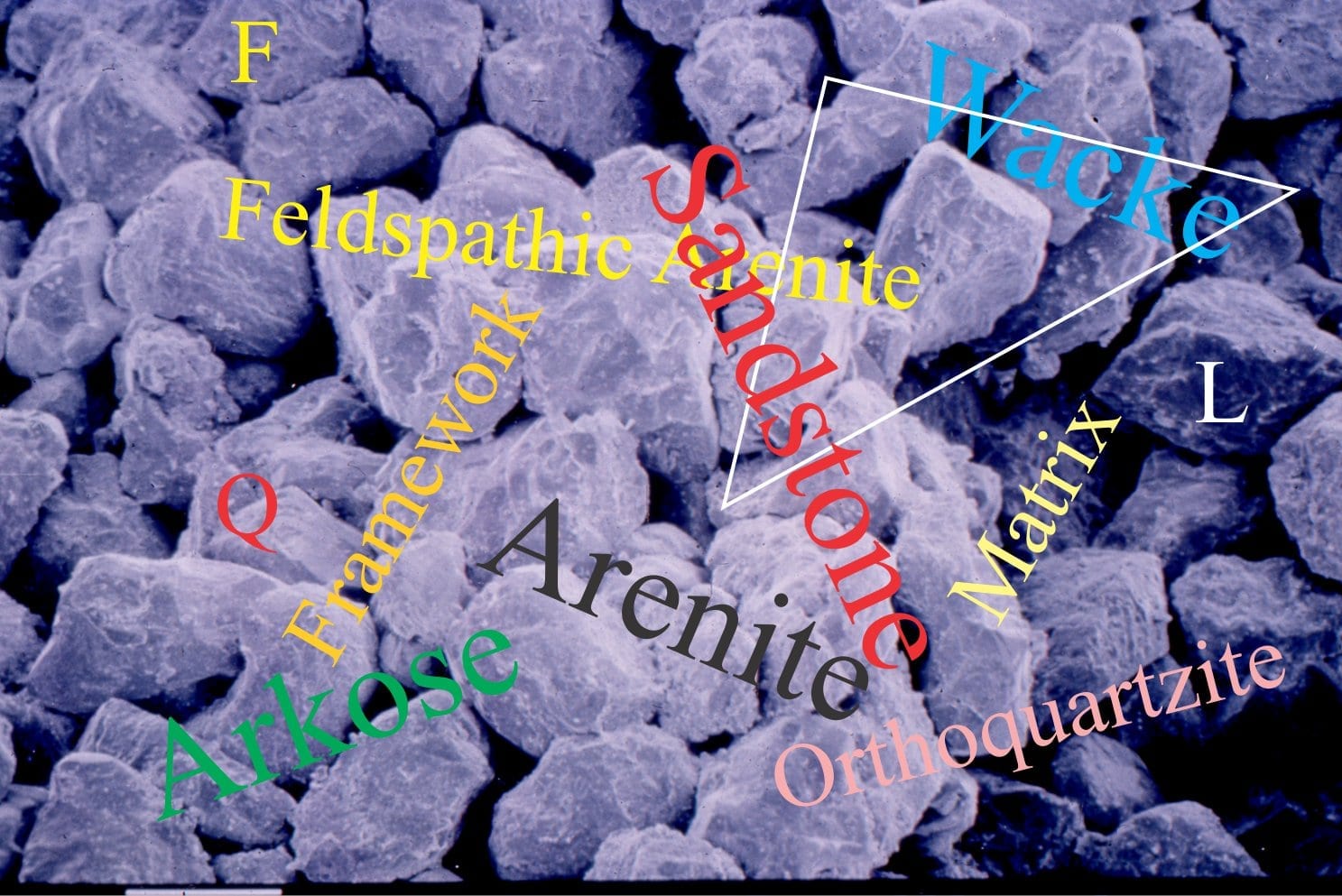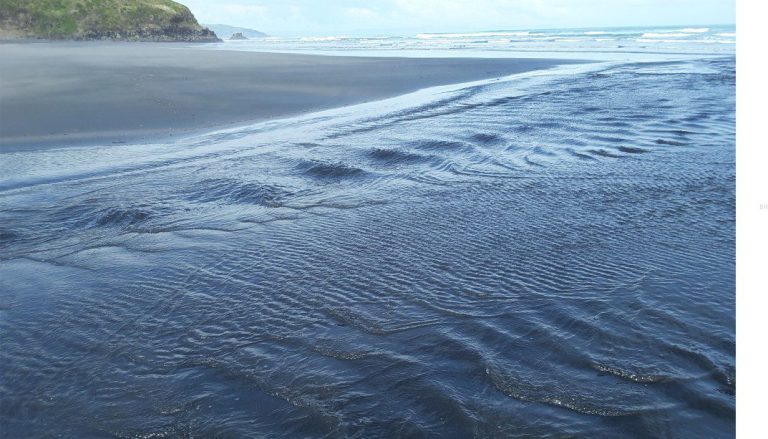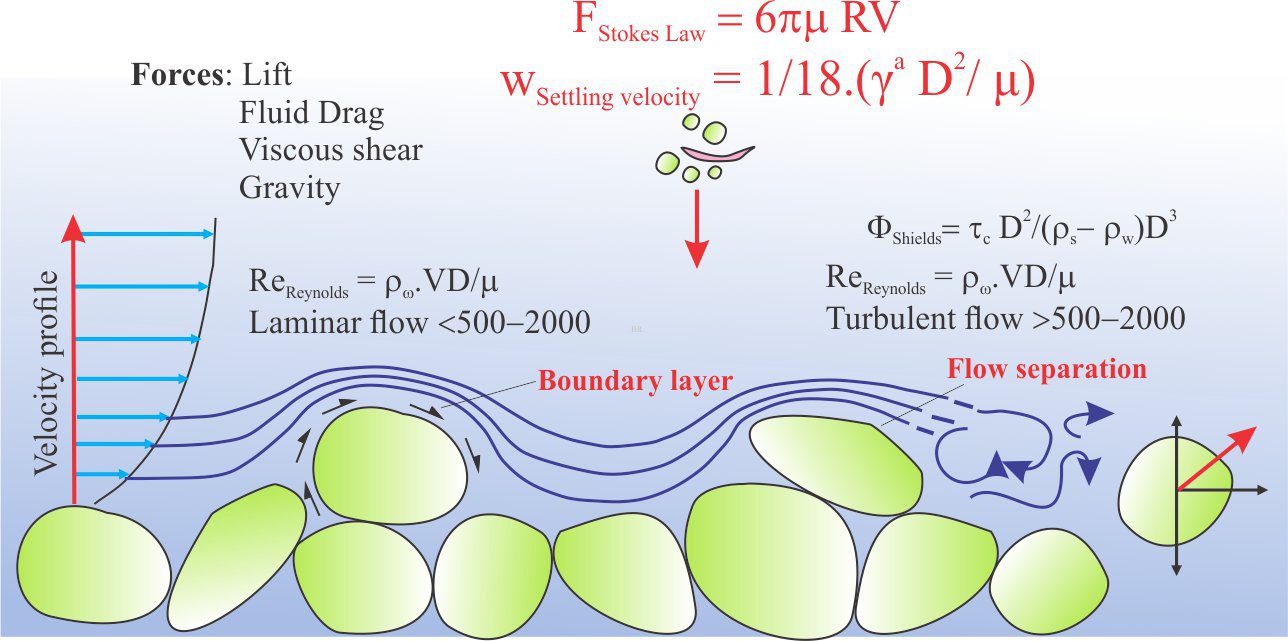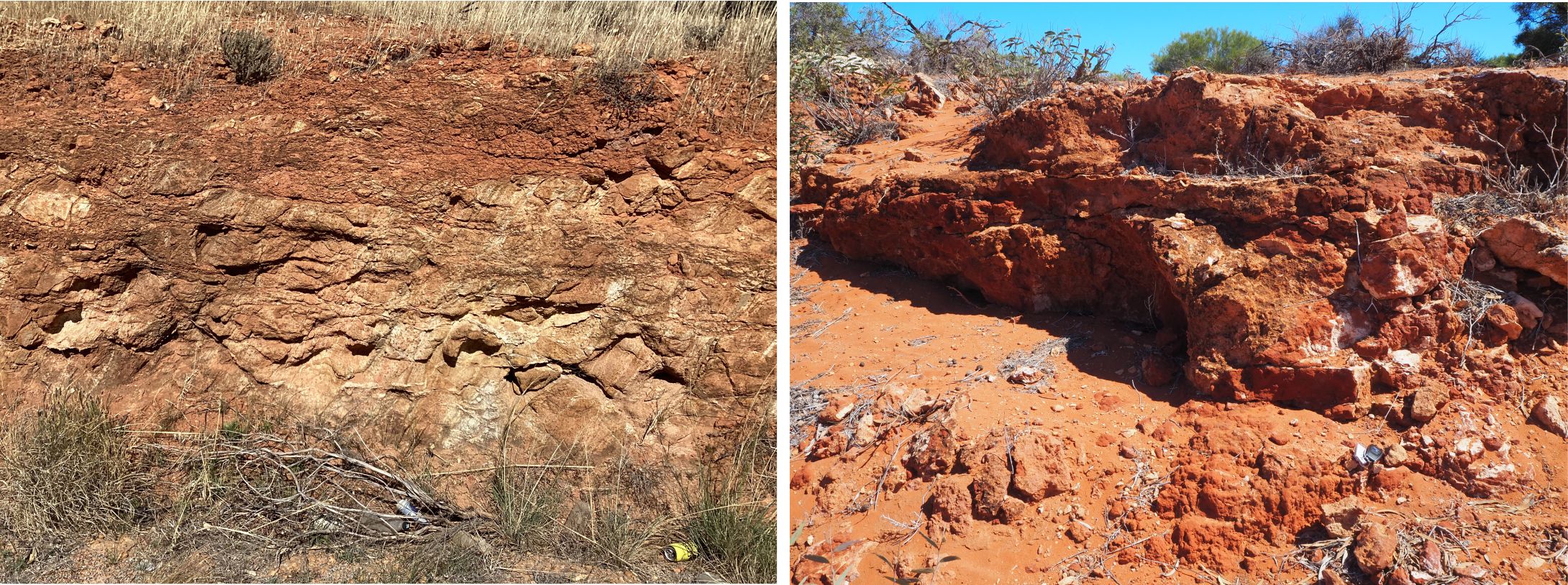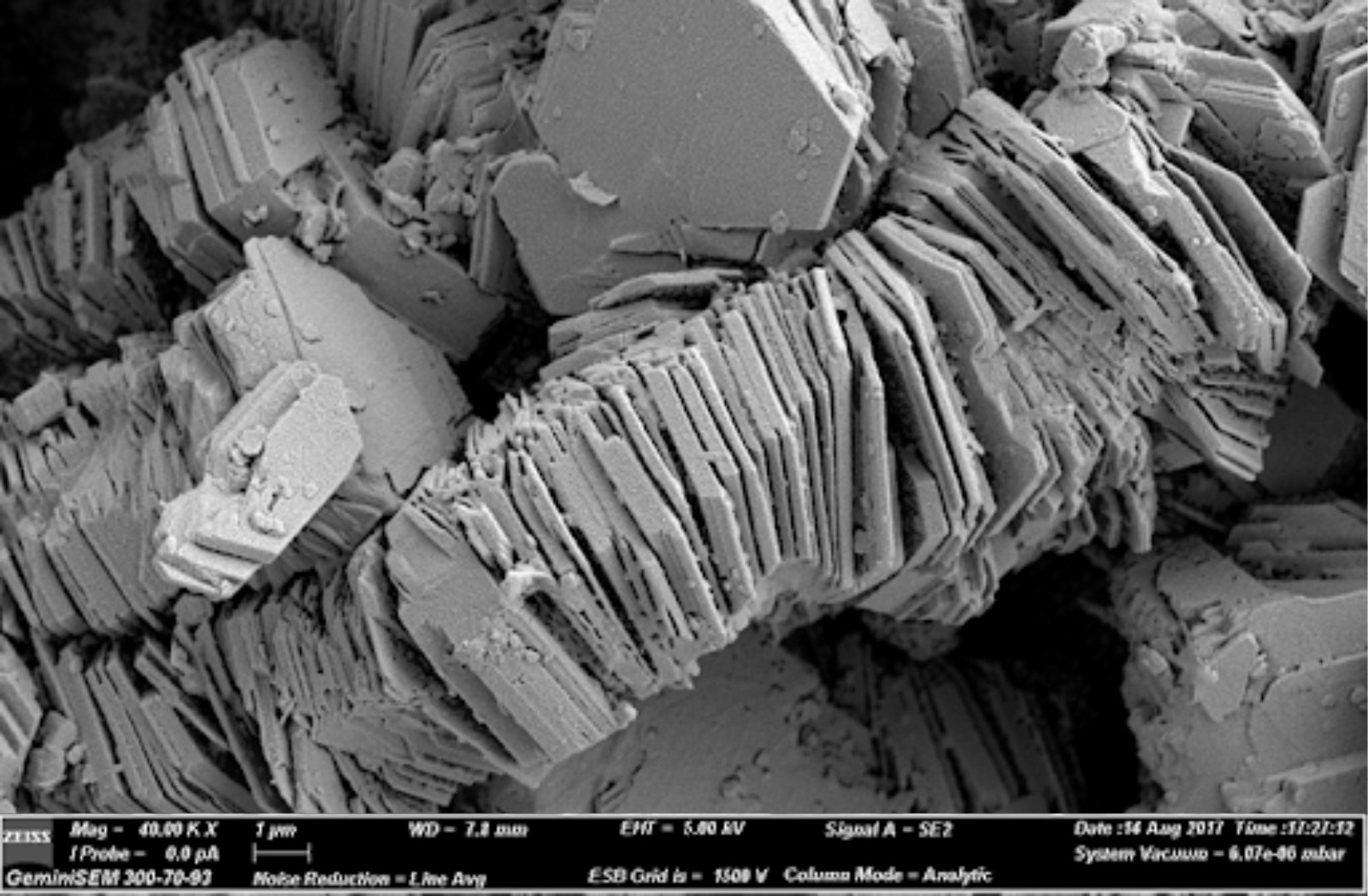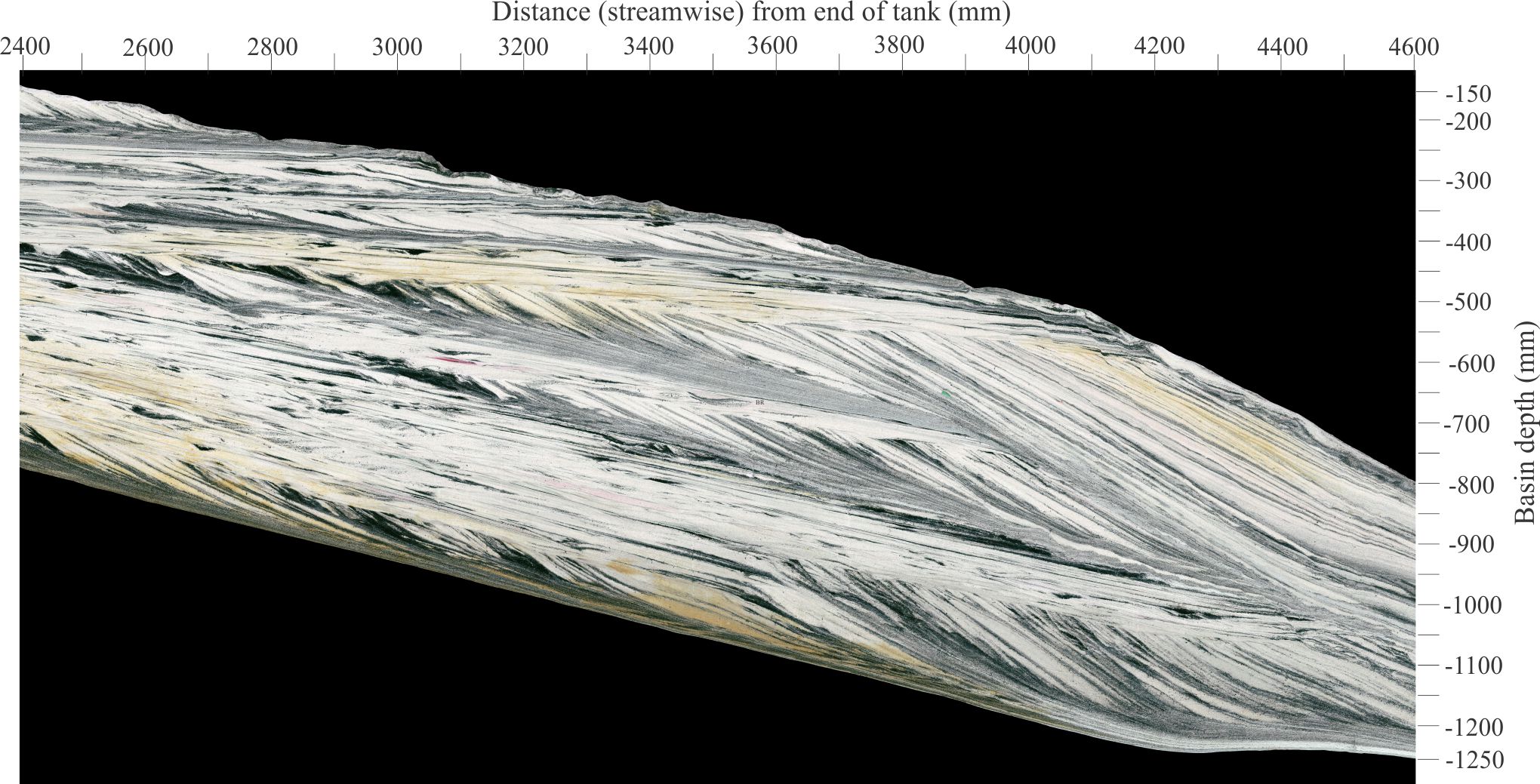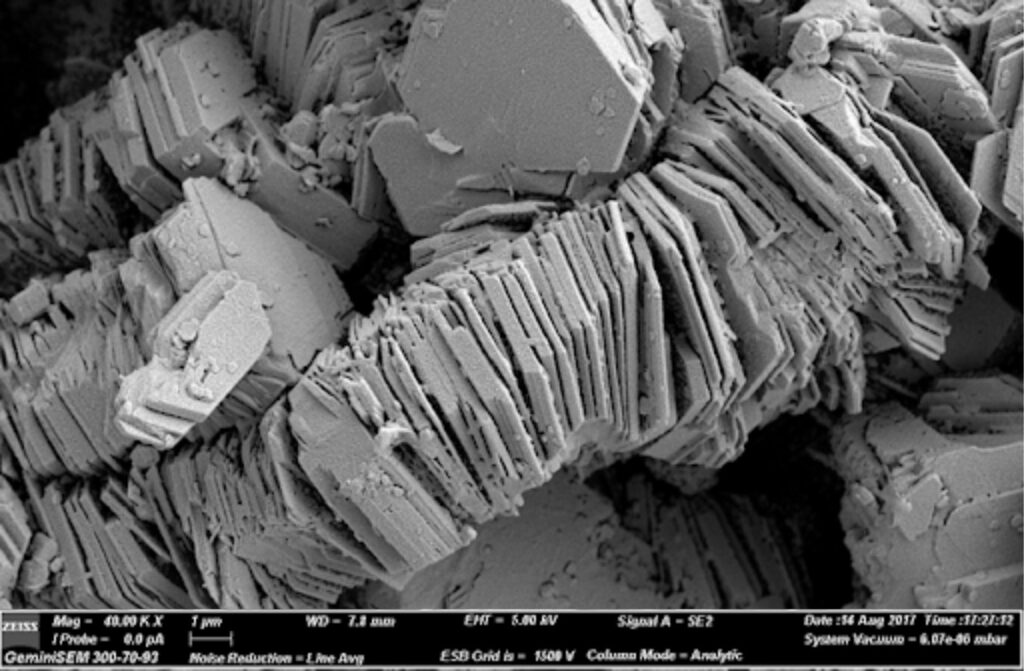
A series on clay minerals – their crystal chemistry, identification, formation
Clays are a ubiquitous component of nearly all siliciclastic, mixed carbonate-siliciclastic, and volcaniclastic rocks and sediments. They are the primary detrital and authigenic components of siliciclastic mud rocks. They are a critical component of soils, in part because they influence soil structure, but also because of their ability to contribute cations that promote plant nutrition.
We can differentiate, at least theoretically, two principal types of clay in sedimentary rocks: detrital clays (i.e. clays incorporated into sediment during deposition), and authigenic minerals formed by chemical diagenesis. I say theoretically because detrital clays are inevitably transformed during burial, either by complete dissolution, or recrystallization and replacement by new minerals (including clays); this process continues into low grade metamorphic domains. These processes complicate the distinction between the original detrital clays and diagenetic or metamorphic minerals. This problem is particularly evident in mudrocks and coarser granular rocks containing significant matrix – greywackes are a classic example, where “the greywacke problem” continues to challenge petrologists.

Weathering profiles
Detrital clays are formed by chemical weathering of bedrock and loose sediment. Surface weathering involves the slow dissolution of primary minerals, and precipitation of new phases as clays and other species such as oxides, hydroxides, sulphates, phosphates, and carbonates. The chemical reactions are dominated by oxidation and hydrolysis. Acid-base reactions and pH buffering involve both silicate and carbonate equilibria (CO2 – H2O reactions), and biologically mediated organic reactions. In soils, the biological functions are primarily controlled by bacteria and fungi microflora. The depth and intensity of clay weathering is also dependant on soil-profile longevity, particularly the time between disruptive events such as erosion.
Diagenetic clays
Clays in sedimentary rocks also precipitate from water-rock reactions during burial (they also form in hydrothermal systems – not part of this post). The chemical compositions of interstitial waters in porous sedimentary rocks change with time and temperature that is a function of burial depth and geothermal gradient (most reaction rates increase with temperature). pH buffering becomes increasingly important above about 60o C when organic matter begins to break down, producing organic acids (and other hydrocarbons). Clay precipitation can advance to the point where all effective porosity is occluded – a phenomenon best illustrated in ‘clean’ sands where there is little or no detrital matrix, but where pore spaces have been filled by diagenetic clays.

Common 1:1 and 2:1 mineral species
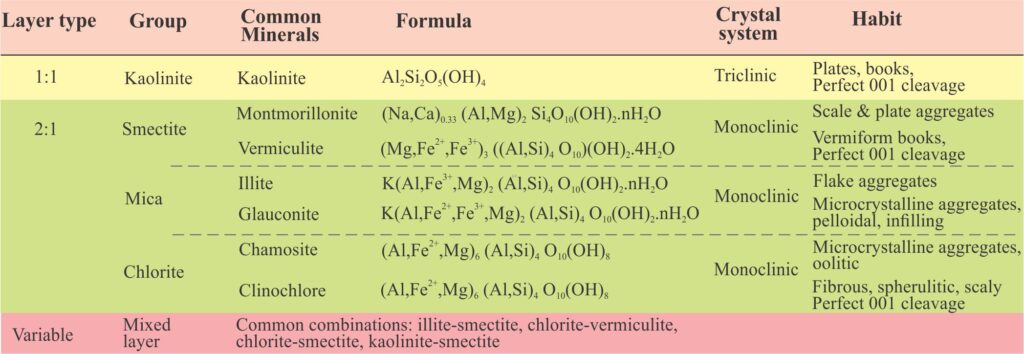
Kaolinite is a dioctahedral mineral because the incorporation of Al3+ requires that only two of the three available cation sites in the octahedral sheet are filled to maintain zero net electrical charge. However, clay minerals in the smectite (including vermiculite) and chlorite groups can be either dioctahedral or trioctahedral, depending on the cation oxidation state (either 2+ or 3+). For the smectites, montmorillonite is dioctahedral, but vermiculate can be either di- or trioctahedral. Illite is dioctahedral (as is muscovite) (Hillier, 2003).
Clay grain-size
In sedimentary rocks the grain size or crystal size of clays is measured in microns. The Udden-Wentworth upper grain-size limit for clays is 4μm (0.004 mm), but crystals that have grown in situ can have dimensions of 10 μm and more. Clay coatings and pore filling clays are recognisable in thin sections, but identification of specific mineral species is generally not possible. In most cases, a combination of X-ray diffraction, infrared spectroscopy, and scanning electron microscopy is required for specific clay mineral identification. These methods commonly use clay grain sizes of 2 μm and less. Clay identification is broached in a companion post.


